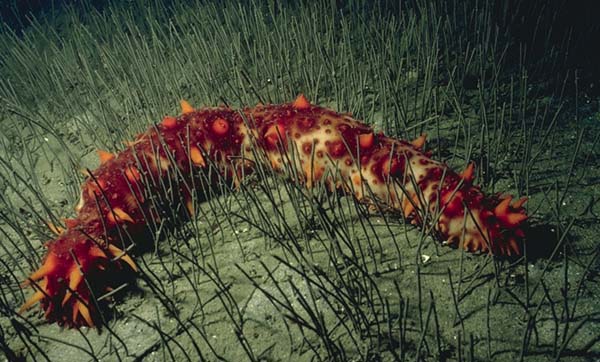 Some animals vent their anuses. And, no, I’m not referring to the act of waving a hand around ones posterior to diffuse the gaseous remnants of chilidogs. Some sea stars, sea cucumbers, crinoids, worms, and crustaceans all pump huge volumes of water into and out of their anus.
Some animals vent their anuses. And, no, I’m not referring to the act of waving a hand around ones posterior to diffuse the gaseous remnants of chilidogs. Some sea stars, sea cucumbers, crinoids, worms, and crustaceans all pump huge volumes of water into and out of their anus.
Why would you do this outside of ensuring a clean derriere?
Moving large volumes of water across the anus, like a biological bidet, might help with excretion, but it could also be used for respiration. Think of all that surface area available to diffuse oxygen out of the water into the body! Or the anus could even be used for feeding…
Wait, what?
In the words of a newly published study (honest to god this is the very first line of the paper),
“An animal is not expected to ingest food through its anus.”
In adult sea cucumbers the cloaca (a cavity already doing double duty for the release of excrement and genital products) rhythmically pumps huge amounts of water in and out. It is already known that this pumping brings oxygen rich water across a highly branched respiratory tree. Thus the cloaca is now pulling a function trifecta. But what about quadfecta?
William Jaeckle and Richard Strathmann placed Parastichopus californicus, a beast of sea cucumber lending to its common name the Giant California Sea Cucumber, in aquarium with a single celled algae labeled with a radioactive isotope of carbon. At several time intervals Jaeckle and Strathmann looked inside the sea cucumbers to see where the radioactive carbon went. They also repeated this with some larger iron-labeled molecules.
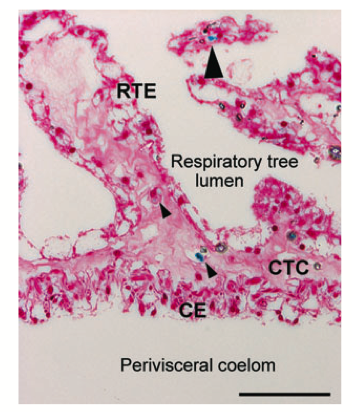
After some time the respiratory tree, that only receives outside water through the anus, was resplendent with iron and radioactive carbon. In other words, food passed through the anus and was taken up the respiratory organs. The highest concentrations were found in a unique organ called he rete mirabile that serves as a go-between for the respiratory tree and gut.
So, yes, sea cucumbers can eat through their anuses. The authors refer to this more scientifically as “bipolar feeding.” The authors do note that the amount of food taken in through the anus is likely to be small, given that the…ahem…exchange of water is only likely to be about ¼ to 4 cups of water an hour.
William. B. Jaeckle and Richard. R. Strathmann The anus as a second mouth: anal suspension feeding by an oral deposit-feeding sea cucumber Invertebrate Biology 132. Article first published online: 29 JAN 2013 | DOI: 10.1111/ivb.12009
UPDATE: I see Echinoblog has beaten me to the punch on this one.

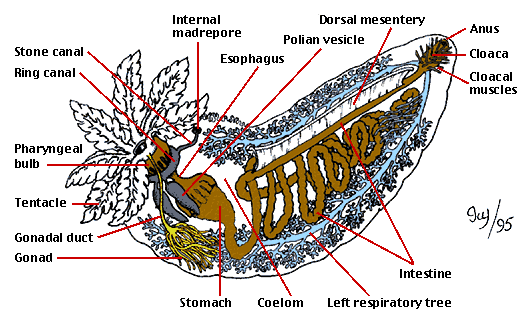
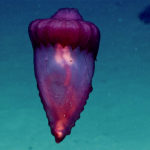
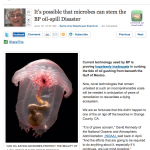

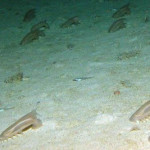
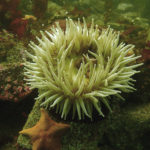
Now, THAT’S a super-power worth having!
Damn you Monkey Fist, why are you always stealing my pithy lines?
This paper has some shortcoming, which I covered about three weeks back: http://neurodojo.blogspot.com/2013/02/sea-cucumbers-original-buttchuggers.html
That’s going to confuse the pearlfish. They won’t know which end is which, now.
Some turtles too (not the deep seas kind).